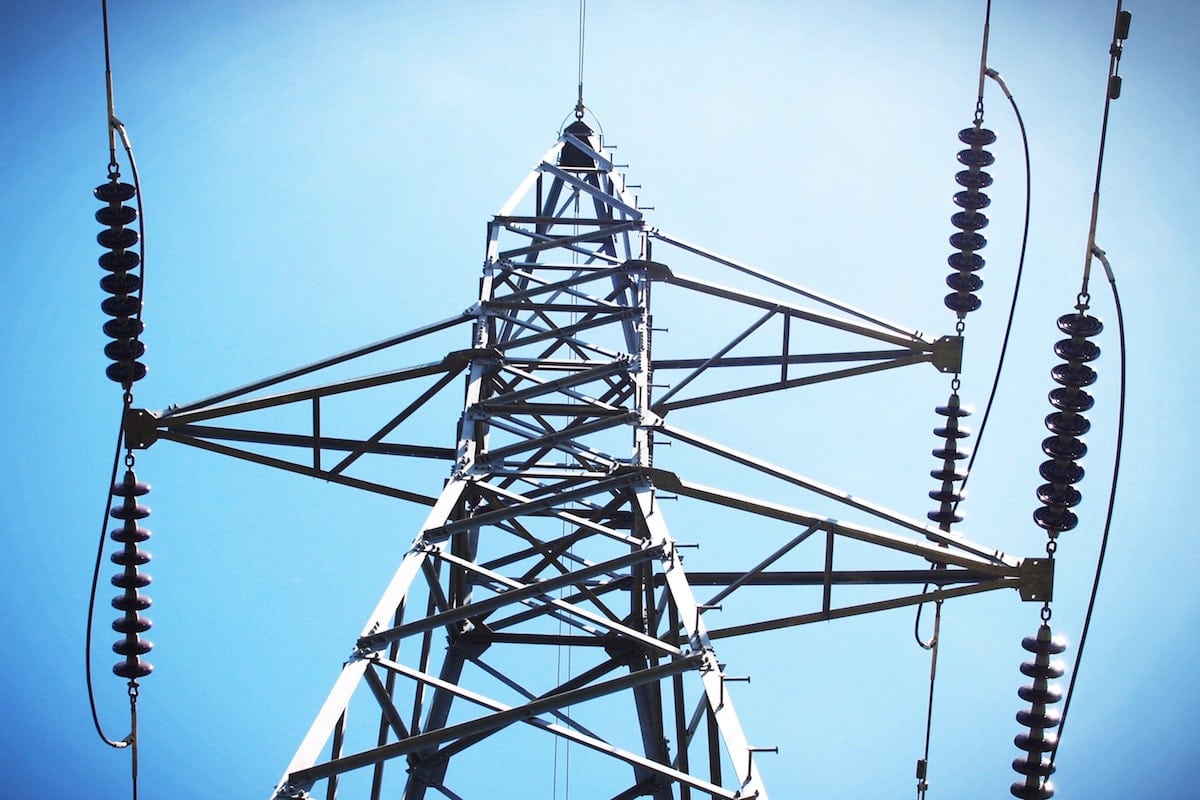
[Photo: Pixabay]
How ComEd has cultivated a culture of innovation to improve business
The secret sauce of innovation is one-part technology and two parts people. I run distribution system operations and emergency preparedness for ComEd, the electric utility serving more than 4 million customers in northern Illinois. I’ve been fortunate to see the historic transformation of how the electric grid is managed, protected, restored, and connected. It’s happening at electric utilities all across the country, and I’m proud that ComEd is leading this charge.
ComEd recently transformed its electric system from a static power system to a responsive and dynamic network model. ComEd has achieved five years of record reliability. We’ve cut the number of outages in half, we restore power twice as quickly, and we’ve done this while keeping customer rates steady. We’ve generated $1.5 billion in system savings since our grid modernization plan began six years ago.
What is driving this game-changing performance innovation? The knee-jerk answer is almost always technology. And, yes, technology has been the backbone of this transformation. Digital meters, smart substations, smart switches, communications technology, drones—the list of new technology could go on and on. We have previously unimagined capabilities at our disposal. But technology is just part of the answer.
SEE ALSO: NRG Energy’s Bruno Sarda Looks Forward to a Sustainable Future
People are just as important to the ComEd renaissance. In the last six years, our leadership has made a concerted effort to create a culture of innovation. We’ve encouraged our employees to look at problems more broadly and to be inquisitive about ways to enhance performance. We’ve empowered them to ask is the “way we’ve always done it” actually the best way to do it?
But employee-driven innovation can’t be force-fed. Innovation is a creative and voluntary exercise. It’s up to company leadership to create the right environment for innovation to germinate, sprout, and flower.

[Photo: Pixabay]
Strategies to Develop a Culture of Innovation
1. Allow employees to see the big picture. Innovative thinking is more likely to come from employees who see how their day-to-day job fits into the overall. Employees at every level of an organization should understand both the current state of the company and the industry, and also where it’s all going. The electric utility business is evolving rapidly, and it’s important our employees understand the “why” and the “how.”
2. Define “calculated risk” and accept that failure is part of the process. The greatest inhibitor of innovation is fear of failure. We all relish predictability and have a natural inclination to avoid risks. To create an innovative employee culture, it’s important to provide context for employees about acceptable risks and mitigated failures. By formally managing risks and building in a tolerance for failure, employees will feel liberated to think of problems in new ways and propose different solutions.
3. Emphasize that innovation comes in all forms. Another inhibitor of innovation is the common employee perception that an innovation is only worth doing if it’s a huge, game-changing breakthrough that saves the company millions or makes some dramatic impact on performance. Of course, this isn’t the case. At ComEd, breakthrough innovations have been important, but I would argue that the smaller innovations, such as reinventing a single procedure or protocol, have had a greater impact overall.
4. Celebrate your triumphs.The concept of innovation can seem theoretical and intangible for many employees. Some find it difficult to connect the abstract idea of innovation to their practical day-to-day jobs. That’s why it’s important to promote, publicize, and celebrate the innovations that have already been accomplished. This provides a well-deserved pat on the back for the innovators, but, most importantly, it gives everyone else in the organization a helpful reference point and model.
5. Leverage middle management. I have 300 employees in my group. No matter how passionately I believe in innovation, I can’t drive the innovation mindset by myself. I rely on my team to carry the message to their own teams. It’s critical that all levels of management agree with cultural transformation efforts.
For most of the last century, the electric system was largely immovable. The grid of the ’90s looked very similar to that of the ’20s. With this kind of operational stability, it was easy for any utility company’s culture to narrow in focus, for silos to develop, and for complacency to reign. After all, why encourage employees to think outside the box when everything that matters is inside the box?
But that’s not the world we live in anymore. Constant change is the new norm. It’s not enough to have the right strategy. It’s not enough to have the bells and whistles of technology. Today, successful organizations must incubate an internal culture where employees are empowered and encouraged to be drivers of change, not just passengers.
 Cheryl Maletich, ComEd’s vice president of distribution system operations organization, is responsible for operational oversight and development of business strategy for ComEd’s DSO.
Cheryl Maletich, ComEd’s vice president of distribution system operations organization, is responsible for operational oversight and development of business strategy for ComEd’s DSO.
